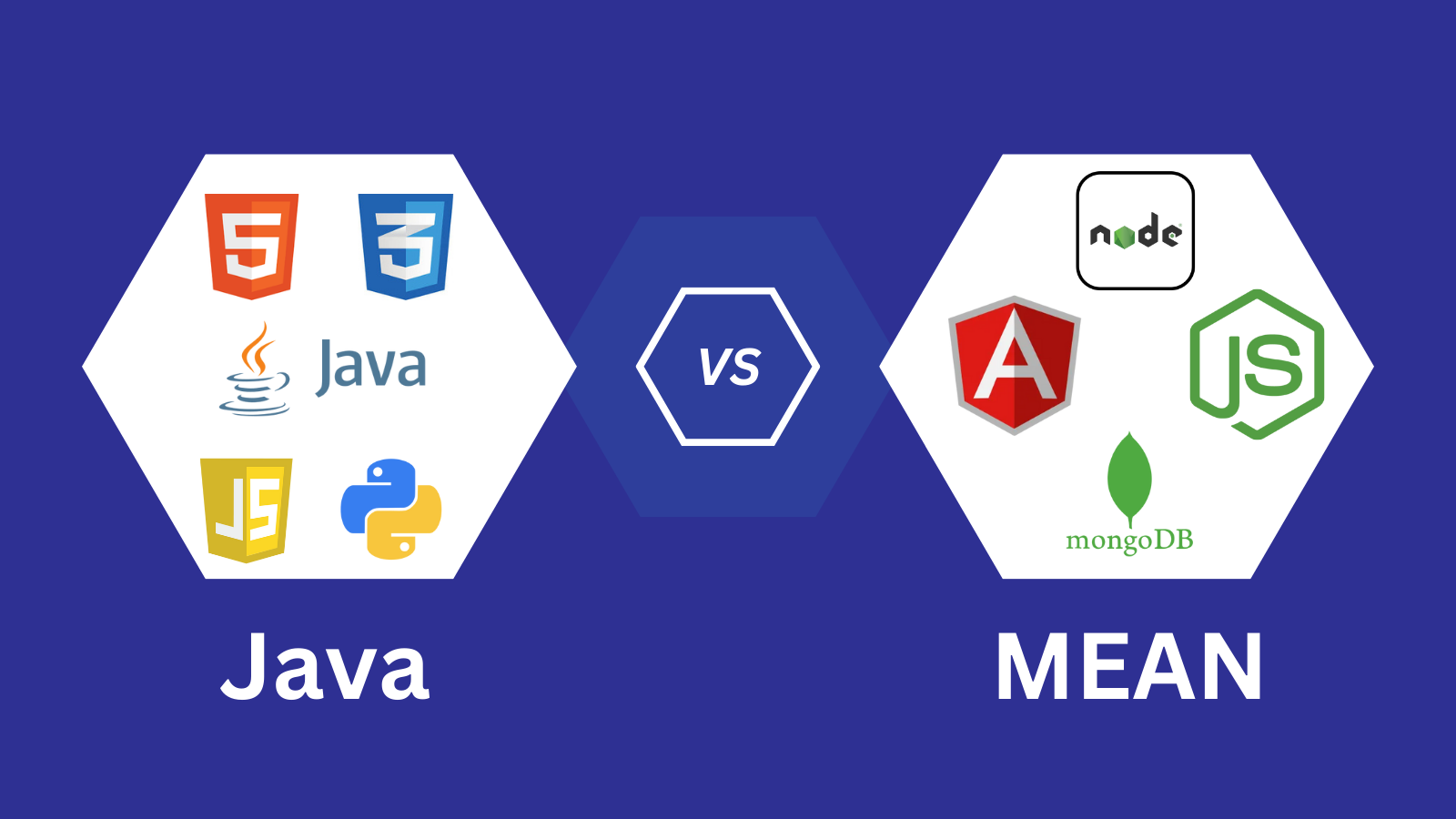Why 6+ Years of Experience Made Me Choose Full Stack Over MEAN Stack
 Young B Wayne
Young B Wayne
Having worked with both Full Stack and MEAN Stack development over 6 years, I can tell you that while both are popular and effective approaches, they serve different needs and have their own strengths and weaknesses. Both stacks can help you create web applications, but the way they go about it is quite different. If you’re stuck choosing between the two, I hope my experience with both can give you some useful insights.
In this piece, I’ll walk you through the differences, highlighting why Full Stack, in my opinion, edges out MEAN Stack in terms of flexibility, scalability, and long-term value.
What Is Full Stack Development?
Full Stack development is basically the art of working on both the frontend and backend of an application, often using a variety of technologies. If you’re a Full Stack developer, you’re comfortable with everything from designing a website’s layout to writing the logic behind the scenes that makes it work.
Key components in Full Stack development include:
Frontend: Think of technologies like HTML, CSS, JavaScript, and modern frameworks like React or Angular.
Backend: This could be Node.js, Python, PHP, or Java using frameworks like Express, Django, or Spring Boot.
Databases: You’ll likely work with both SQL and NoSQL databases, from MySQL to MongoDB.
DevOps: You’re also managing infrastructure, deploying apps, and making sure everything runs smoothly, often using tools like Docker or Kubernetes.
The best part about Full Stack development is that it’s technology agnostic. You can use different tools and technologies depending on the needs of the project, which gives you immense flexibility.
What Is MEAN Stack Development?
The MEAN Stack is a JavaScript-based stack that’s built around four key components: MongoDB, Express.js, Angular, and Node.js. Essentially, it’s a one-stop-shop if you’re a JavaScript fan and want to work with the same language across both the frontend and backend.
MEAN Stack components include:
MongoDB: A NoSQL database that stores data in JSON-like documents.
Express.js: A web application framework for Node.js, helping you handle server-side logic.
Angular: A frontend framework for building modern single-page applications (SPAs).
Node.js: A runtime that lets you execute JavaScript on the server side.
One of MEAN’s big selling points is that everything is JavaScript. It can be simpler for developers who are already comfortable with JavaScript to jump between different parts of the project.
1. Flexibility: The Game Changer
Full Stack: This is where Full Stack really shines. One of the major advantages of Full Stack development is its flexibility. You can choose the best technology for the job. For example, if I’m building an app that needs real-time updates, I can lean on Node.js and Socket.io. If I need something with stronger data-processing capabilities, I can switch over to Java or Python. The ability to mix and match frameworks and languages based on the project requirements is a huge win.
MEAN Stack: On the other hand, MEAN Stack limits for both frontend and backend. Sure, it’s convenient, but sometimes you’re going you to JavaScript to want more options. For instance, if you’re building a system that needs complex queries or transactional support, MongoDB might not always cut it, and you could find yourself needing something like PostgreSQL. MEAN’s restricted tech stack can feel limiting when your project demands a specific toolset.
2. Scalability and Performance: Room to Grow
Full Stack: When it comes to scalability, Full Stack has a serious edge. You’re free to pick and choose different components to scale different parts of your application independently. For instance, in one of my previous projects, we had separate microservices handling different aspects of the app, and we scaled the ones that were getting hammered the most. It’s easy to bring in tools like Docker and Kubernetes to manage scaling. Plus, Full Stack lets you go beyond one language and pick the right one for specific tasks.
MEAN Stack: MEAN can be scalable, but it’s more suited for small to medium-sized applications. While MongoDB is great for fast read-and-write operations, it might struggle with more complex queries. This stack tends to hit a ceiling when projects grow in size or complexity. MEAN can work for apps that need quick time to market but may require restructuring if the app starts growing fast.
3. Learning Curve and Development Speed
Full Stack: No doubt, Full Stack development comes with a steep learning curve. You’ve got to get familiar with a wide range of technologies, and that can be daunting. But here’s the trade-off: once you know your way around different frameworks and databases, you’re prepared to handle any challenge. As someone who’s dabbled in everything from Python to Node.js to PHP, it’s clear that being a Full Stack developer means I can troubleshoot and fix issues across the board, which is really rewarding.
MEAN Stack: Learning the MEAN Stack is much quicker since everything revolves around JavaScript. If you already know JavaScript, the transition to MEAN is relatively smooth. This makes it a great choice for teams that need to onboard quickly. But keep in mind, the simplicity you get with the MEAN Stack often comes at the cost of flexibility and deep technical diversity, which might limit the kinds of projects you can tackle.
4. Integration with Third-Party Services
Full Stack: When you’re doing Full Stack development, you have access to a massive ecosystem of third-party services and libraries. Whether it’s Stripe for payments, AWS Lambda for serverless computing, or Twilio for messaging, you can integrate practically anything with ease. In one project, we needed machine learning, and it was simple to integrate TensorFlow with our Python backend while keeping our React frontend. If you’re looking to streamline these kinds of processes and tackle a wide array of project needs, it’s worth considering to hire full stack developers who can handle both frontend and backend with diverse technologies.
MEAN Stack: MEAN’s ecosystem, while growing, is a bit more limited. Yes, Node.js has plenty of modules, and Angular has a solid community, but when you need to step outside that bubble and bring in specific third-party integrations, you might find yourself working harder to get the job done. For example, integrating payment gateways or cloud services can sometimes feel less intuitive in the MEAN Stack.
5. Maintenance and Debugging: A Unified Vision
Full Stack: Here’s where Full Stack really pays off. When something breaks, you understand the whole architecture. I’ve debugged plenty of applications where I’ve had to jump between the frontend and backend, and being familiar with both sides makes troubleshooting much faster. I can track down performance bottlenecks, fix backend logic issues, and make sure the frontend is rendering data correctly — all in one flow.
MEAN Stack: While the MEAN Stack offers a consistent language (JavaScript) throughout, sometimes having everything in one language isn’t enough. The key limitation here is that when things get more complex, you might find debugging and maintaining a large app difficult if JavaScript’s single-threaded nature starts causing performance issues.
Conclusion: Full Stack Is the Versatile Winner
In the debate between Full Stack and MEAN Stack, there’s no denying that MEAN is a solid choice if you’re after simplicity and a unified JavaScript ecosystem. But if you’re building something more complex or that needs to scale, Full Stack development stands head and shoulders above MEAN in terms of flexibility, scalability, and overall adaptability.
The ability to choose the right tools for the job, rather than being boxed into a single language or framework, makes Full Stack the preferred option for most larger or more diverse projects. Sure, it takes time to master different technologies, but in the long run, Full Stack developers are more versatile and can tackle a broader range of challenges.
So, if you’re deciding which route to take, I’d recommend leaning towards Full Stack development. It offers the freedom to build exactly what you need, using the best tools available, without being tied down to a specific ecosystem.
Subscribe to my newsletter
Read articles from Young B Wayne directly inside your inbox. Subscribe to the newsletter, and don't miss out.
Written by
